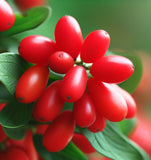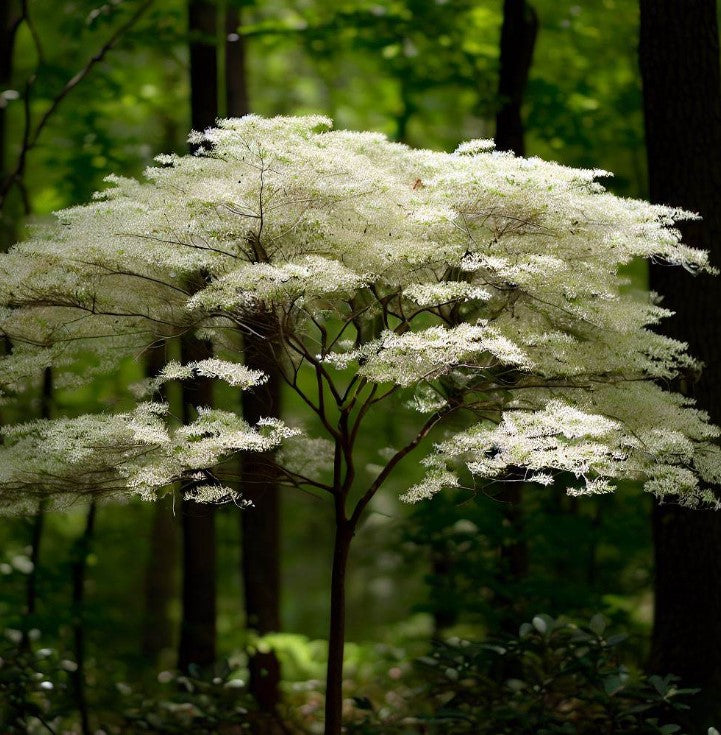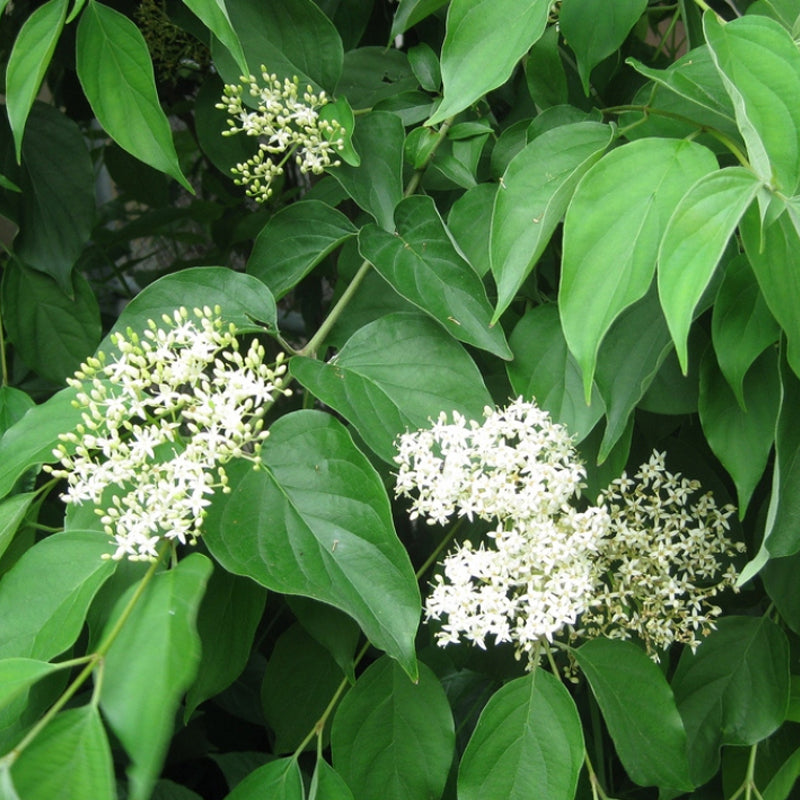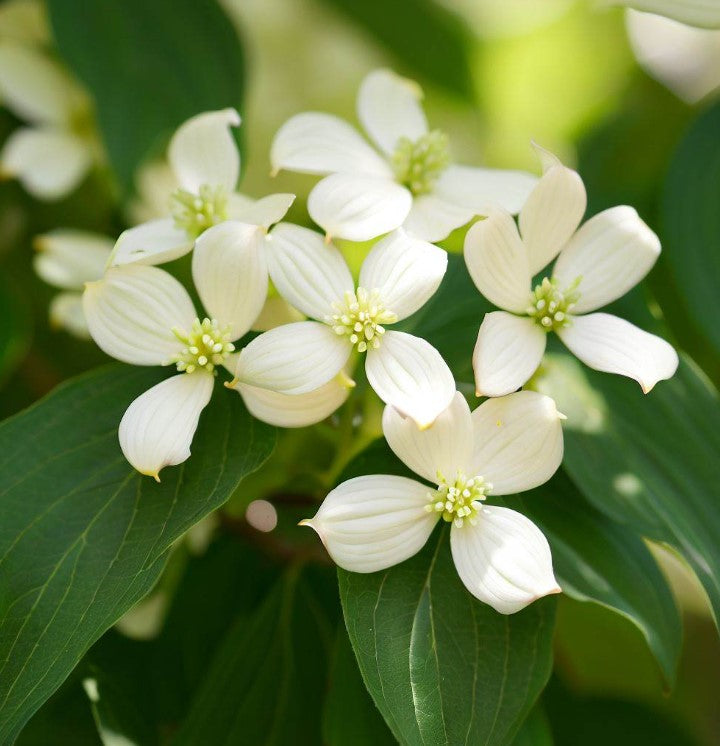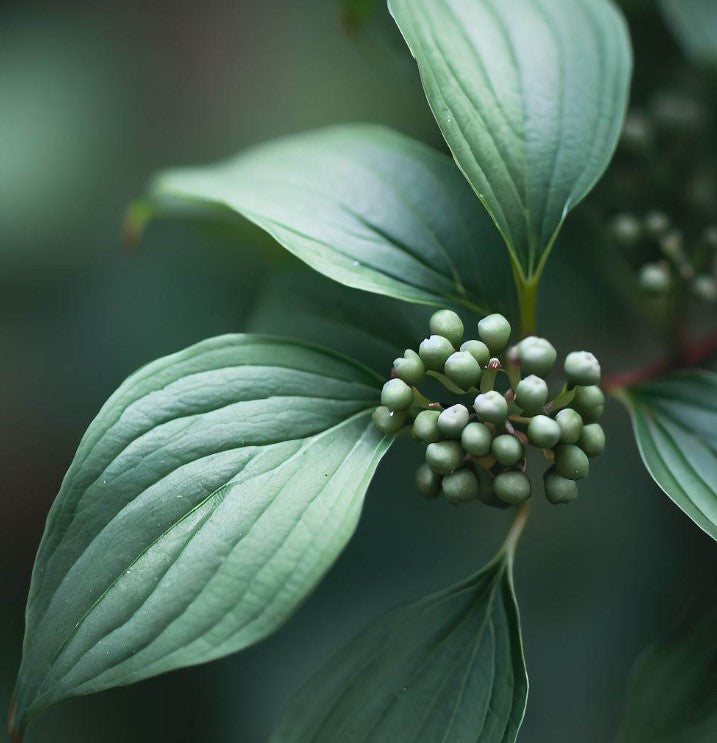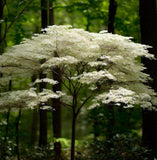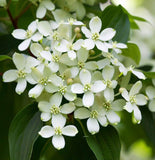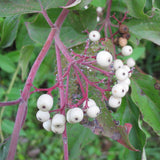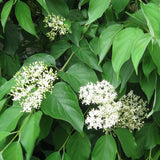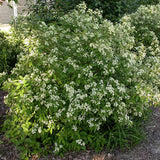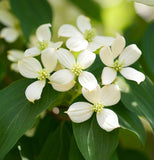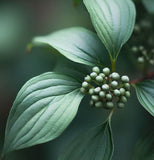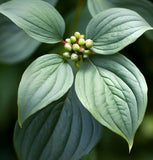Cornus racemosa (Gray Dogwood, Northern Swamp Dogwood)
Cornus racemosa (Gray Dogwood, Northern Swamp Dogwood) is a deciduous shrub native to North America. It is known for its attractive flowers, berries, and fall foliage. It is a medium-sized shrub that typically reaches a height of 2 to 4 meters (6 to 12 feet) with a similar spread. It has a dense, rounded habit with multiple stems. The branches are grayish-brown, providing the shrub's common name. The leaves are opposite, oval-shaped, and gray-green in color, turning purplish-red in the fall.
Flowers and Fruit: Gray Dogwood produces clusters of small, creamy white flowers in late spring to early summer. The flowers are followed by clusters of small white berries that turn bluish-white or grayish-white as they mature. The fruit provides food for birds and wildlife and adds ornamental interest to the shrub.
Habitat: Gray Dogwood is adaptable to a variety of habitats and can be found in wetlands, woodlands, and along streams and forest edges. It has a tolerance for moist or poorly drained soils, making it suitable for swampy or boggy areas.
Wildlife Value: Gray Dogwood has significant wildlife value. The flowers attract pollinators such as bees and butterflies. The berries provide a food source for birds, including songbirds and gamebirds, as well as small mammals. The shrub also offers shelter and nesting sites for birds.
Erosion Control and Restoration: Gray Dogwood is often used for erosion control in riparian areas, wetlands, and other sites prone to soil erosion. Its extensive root system helps stabilize the soil and prevent erosion. It is also used in ecological restoration projects to enhance wildlife habitat and improve ecosystem health.
Pruning: Pruning is typically done in late winter or early spring before new growth emerges. Regular pruning can help maintain the shrub's shape, remove old or damaged branches, and promote healthier growth.
Gray Dogwood is a versatile and hardy shrub with ornamental value, wildlife benefits, and erosion control properties. It is a valuable addition to native plant gardens, naturalized areas, and restoration projects, and it provides year-round interest with its flowers, berries, and fall foliage.
Botanical Name : Cornus racemosa
Common Name : Gray Dogwood
Height : 10-15 ft
Spread : 10-15 ft
Germination Info : Seed requires 60 days warm stratification followed by 60 days cold stratification
Hardiness zone : 3-8
Average seed per ounce : Approx. 688

